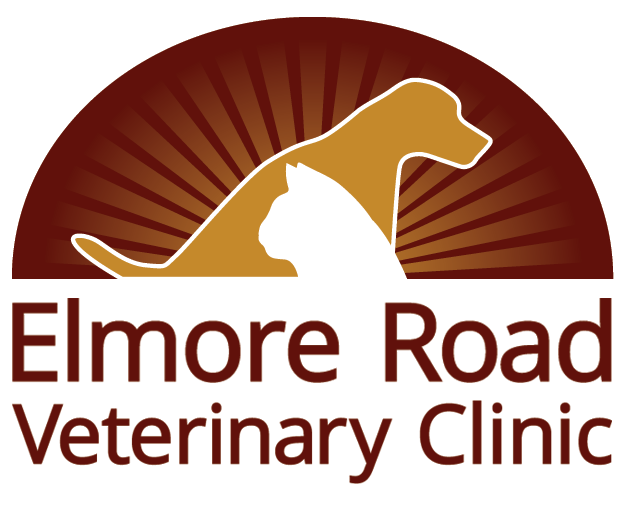8 Ways to tell if Your Pet’s Lump is a Problem
When you first notice a lump or bump on your furry pal, your imagination likely runs wild, and you have a horrible thought—cancer. While a lump on your pet can be cancerous, many bumps are benign, and will not cause systemic disease or serious issues. Before dissolving into a puddle of panic, read the following list, to determine if your pet’s lump is cause for immediate concern.
#1: Is your pet’s lump growing rapidly?
If your pet’s lump appeared to pop up overnight and is growing quickly, schedule an appointment with our Elmore Road Veterinary Clinic team for an evaluation. Masses that appear suddenly, and grow rapidly, often require veterinary intervention to be resolved.
#2: Is your pet’s lump painful to the touch?
While you are petting your furry pal, she may wince in pain, growl, hiss, or snap. Any time you notice discomfort in your pet, you should schedule an appointment to relieve her pain. Many masses, whether cancerous or benign, can cause your pet discomfort, and the root cause should first be determined, to ensure accurate treatment. Cancers that invade the bone, such as osteosarcoma, are cripplingly painful, while an abscess, or infection pocket, can also be uncomfortable.
#3: Is your pet’s lump hot or inflamed?
A lump that is hot or inflamed must be examined to determine the cause. Many lumps caused by inflammation are hot and swollen, and can be treated with anti-inflammatory pain medication, and possibly antibiotics, to battle infection.
#4: Has your pet’s lump changed in color?
A lump that is a different color than your pet’s normal skin tone is cause for concern. Trauma, such as a puncture or small laceration, can cause the skin to bruise, and a hematoma or abscess to form underneath. If a mass that your pet has had for some time suddenly changes color, the growth may have evolved, and developed cancerous cells.
#5: Does your pet’s lump have any fluid discharge?
A lump with a discharge, particularly fluid that is blood-tinged or has a foul odor, usually indicates an abscess, which will require lancing, draining, flushing, and antibiotics. Sebaceous cysts, which can ooze an oily substance, and can also rupture, are not harmful to your pet, but can be annoying, and can be surgically removed.
#6: Has your pet recently been in a suspicious incident that may cause a lump?
Many lumps pop up out of the blue, while others appear after a certain incident, such as an allergic reaction, a fight with another animal, or a traumatic accident. If your pet was recently vaccinated, or medication was injected into the area where a lump appeared, she may be reacting to the injection. Bee stings, spider bites, or other insect and bug bites can also incite an allergic reaction, while dog or cat fights can lead to an abscess.
#7: Is your pet acting normally?
If your pet seems completely normal, with no changes in appetite, activity, or attitude, the lump is likely not a major concern at the moment. But, if your pet shows a decreased appetite, appears lethargic or depressed, and displays discomfort, her lump needs to be evaluated, to find the source of the problem.
#8: Has your pet had lumps in the past?
Pets who have had cancerous masses surgically removed, or treated with radiation or chemotherapy, may have additional growths, depending on the cancer type, and its propensity to spread or reoccur. Lipomas, which are common fatty masses that typically appear in multiples, are generally benign, but can be poorly positioned behind limbs, and grow large enough to restrict your pet’s movement. A pet who develops one lipoma tends to have more, as she ages.
What should you do if you find a lump on your pet?
As you can tell, an appointment with an Elmore Road Veterinary Clinic veterinarian is necessary to determine whether your pet’s lump is cause for concern. At the first hint of a growth on your furry pal, call us to schedule an appointment, so we can examine the mass, and make a diagnosis. In addition to your pet’s normal thorough physical exam and history, we will likely perform a fine needle aspirate. This diagnostic test can be performed without sedation or anesthesia, and allows us to take a few cells from the mass for examination under the microscope. If we cannot identify your pet’s lump type, we may recommend a biopsy, or complete surgical removal. After surgery, we will send a sample to a laboratory for histopathology, so we can identify the mass, and properly treat your pet.
Have you found a lump or bump hidden in your fluffy friend’s thick fur? Schedule an appointment, so our team can check out the growth.

